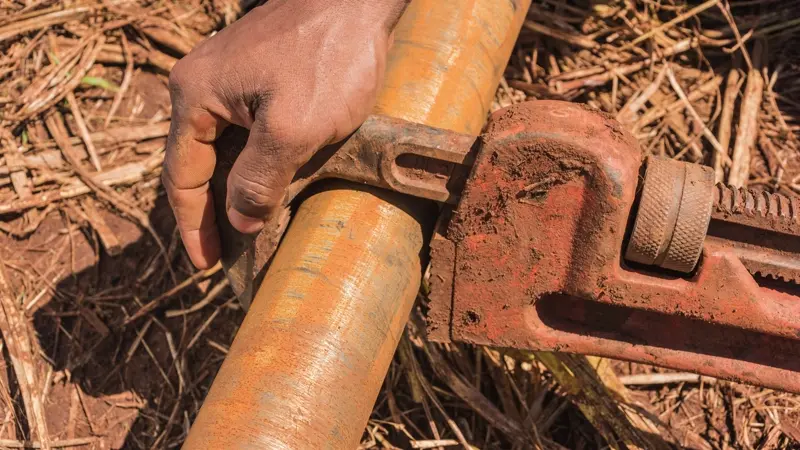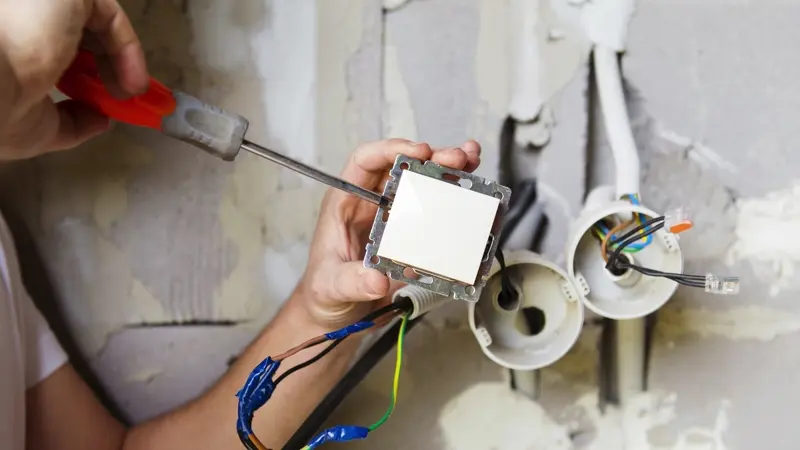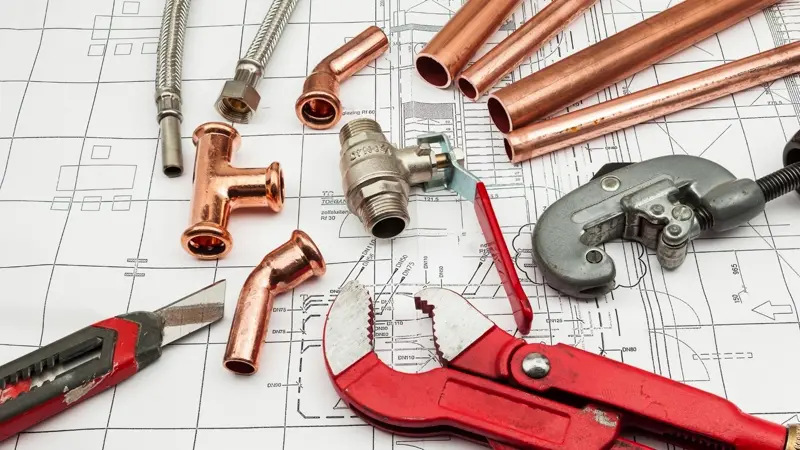Irrespective of whether you are an experienced plumber or an aficionado of do-it-yourself projects, possessing a solid grasp of the various types of pipe wrenches is crucial for executing any pipe-related task with assurance. Pipe wrenches stand as the fundamental instrument for securing and manipulating pipes, fittings, or any circular objects. We will delve into this all-encompassing manual to highlight the prevalent varieties of pipe wrenches that you ought to have in your collection of tools.
Table of Contents
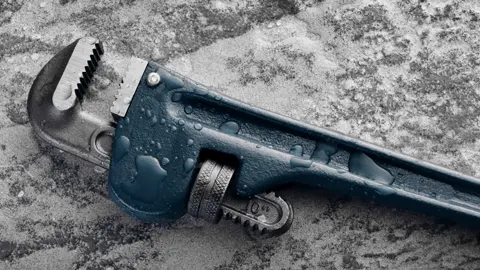
Pipe Wrench Types for Various Plumbing Tasks
Pipe wrenches are tools meticulously crafted for gripping and turning pipes or fittings with circular profiles. As a crucial component of a plumber’s arsenal, they are adept at both holding and twisting threaded pipes and pipe fittings. Typically constructed from steel, pipe wrenches have jaws that can be adjusted to fit the task at hand, allowing them to navigate the demanding conditions found in plumbing jobs. However, not every pipe wrench is the same; there exists a variety of wrenches each tailored for different plumbing needs.
1. Straight Pipe Wrench
The straight pipe wrench is essential for both plumbers and DIY enthusiasts, famed for its effectiveness and dependability with piping tasks. It features an adjustable jaw with teeth for a strong grip on curved surfaces like metal or PVC pipes and their fittings. These teeth are crafted to grip tightly enough to turn pipes without slipping, making assembly or disassembly tasks more efficient and accurate. However, it’s crucial to select a wrench of the correct size; too small can cause poor grip and damage to the pipes, while too large can be awkward to handle.
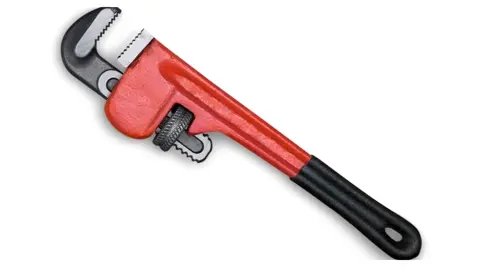
Straight pipe wrenches come in various lengths, with longer handles offering increased leverage, helping tackle even difficult twists and turns, as long as there is sufficient space for use. The key is to balance the length of the wrench with available space, ensuring enough swing range to maximize turning power against rusted or tightly-sealed joints.
2. Pipe Offset Wrench
The offset pipe wrench is an essential tool for plumbers and tradespeople, designed to fit into tight spaces where a regular wrench can’t reach. Its jaw is angled, making it easier to grip and turn without causing hand strain or injury. This allows the user to apply force more directly and efficiently, leading to quick adjustments and a faster workflow. It’s extremely useful in cramped areas like behind toilets, under sinks, or within busy utility walls, turning difficult tasks into simpler ones.
3. End Pipe Wrench
The end pipe wrench, similar in appearance to the standard straight pipe wrench, sets itself apart with a key design feature: its jaws are angled in relation to the handle. This deliberate design tweak serves a specific purpose: to assist plumbers working in confined spaces. Unlike a straight wrench, which often fails in tight spots where pipes are near walls or entangled with other plumbing elements—making it difficult to get a proper grip or maneuver—the end pipe wrench overcomes these challenges.
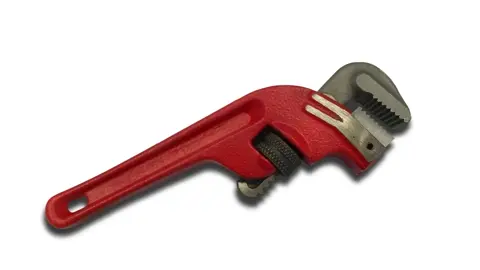
Its angled jaws allow for better leverage and flexibility, enabling the user to navigate around obstacles and efficiently manage tough fittings. This innovation reflects a deep understanding of the challenges faced on the job, transforming a difficult task into a more manageable one and showcasing the ingenuity behind tool design.
4. Compound Leverage Wrench
In the realm of plumbing and substantial maintenance tasks, the compound leverage pipe wrench is a standout tool. Its design is tailored for immobilized pipes that have resisted standard wrenches due to being stuck or excessively corroded. The unique feature of this wrench is its ability to amplify the user’s leverage, thereby increasing the force applied without additional physical strain. The internal mechanism of the compound leverage pipe wrench boosts the pressure applied by the user, resulting in a greater rotational force on the pipe—it’s like having an extra set of hands to help with the task.
This tool isn’t just about sheer strength; it represents a smarter way to work, offering a sophisticated solution for common challenges in plumbing, construction, and repairs. For both professional tradespeople and home improvement enthusiasts, the compound leverage pipe wrench provides a powerful solution for dealing with seemingly immovable pipes, turning a formerly tough job into an easier one.
5. Chain Wrench
In the field of plumbing and maintaining heavy machinery, the chain pipe wrench is an essential tool, especially for managing stubborn, large diameter pipes often seen in industrial settings. This sturdy tool works by wrapping a strong metal chain around the pipe, which is then tightened to create a secure grip. With its long handle, the wrench offers significant leverage, enabling the user to exert powerful force in a precise way.
The chain pipe wrench is designed to not just fit around straight pipes but also to grip objects with irregular shapes effectively, making it a critical device for maintenance workers and experts who face various complex tasks. Its superior gripping power and versatility make it indispensable for performing jobs that involve adjusting, servicing, or fixing large pipes that are not compatible with standard tools.
6. Pipe Strap Wrench
A strap pipe wrench is specifically designed for these sensitive tasks, offering a reliable solution without the risk of damage associated with typical wrenches. Traditional wrenches employ metal jaws that can leave scratches or cause other forms of damage due to their rough grip. In contrast, a strap pipe wrench uses a durable yet gentle strap made of fabric or rubber. This allows it to encircle and grip pipes smoothly and securely without endangering the surface finish or distorting soft metals.
The strap pipe wrench is particularly effective on refined materials like chrome and copper, delivering both the necessary force for secure manipulation and the delicacy required to keep the pipes’ appearance unblemished. For any work involving polished or fragile pipes, adding a strap pipe wrench to your toolkit will provide peace of mind by ensuring the protection of those surfaces at each step of installation or repair.
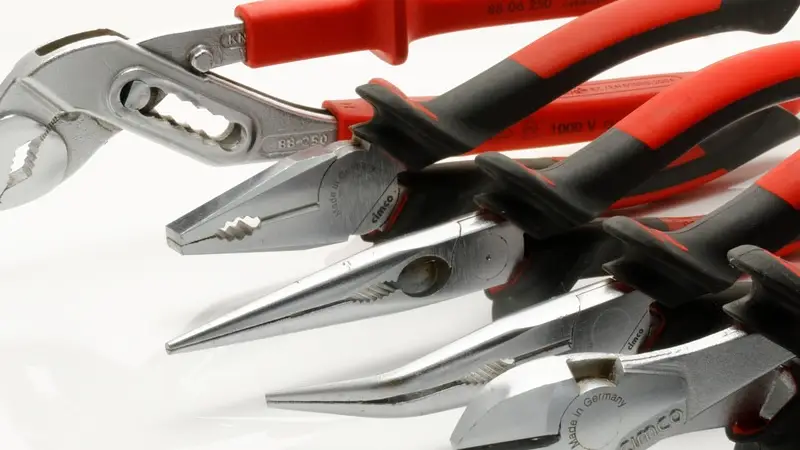
The Bottom Line
Familiarity with the various types of pipe wrenches is crucial for plumbing tasks and pipe-related projects, ensuring you always select the appropriate tool. Each type of wrench is designed for a specific purpose, and understanding this can lead to more efficient work and help avoid damage that might result from using the wrong tool.
